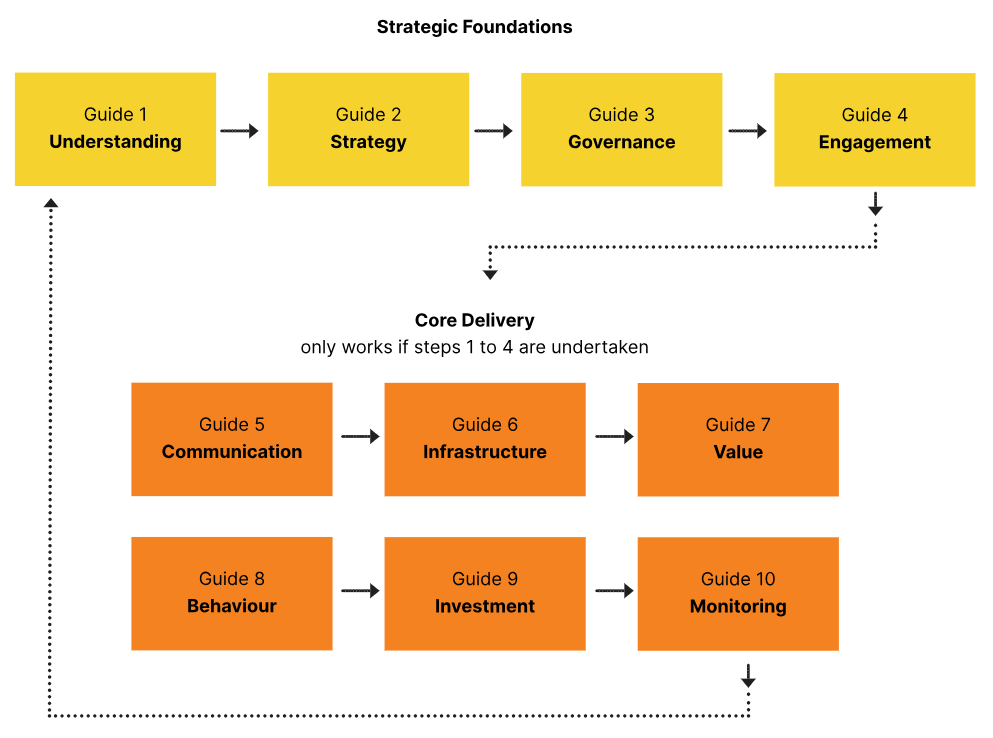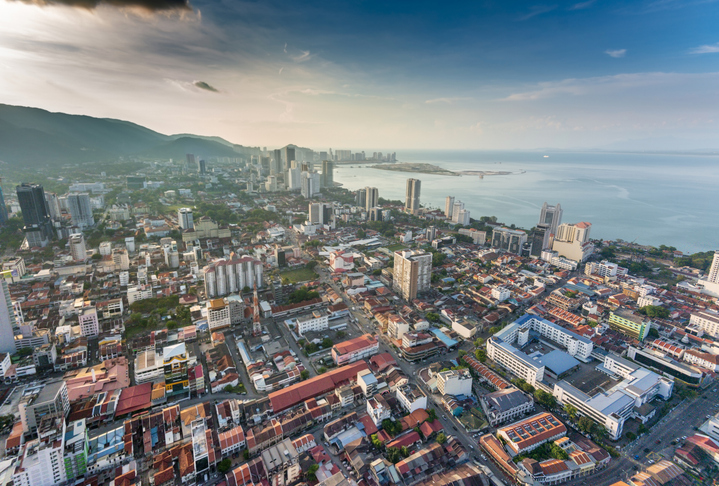The UNESCO Sustainable Tourism Toolkit is a step-by-step guide for managing sustainable tourism at World Heritage Sites. Designed for site managers, tourism professionals, and local authorities, it offers practical tools to balance tourism development with heritage conservation.
The toolkit focuses on areas such as visitor management, community engagement, and governance, helping destinations to promote responsible tourism.
Toolkit Overview
The toolkit provides a series of “How To” guidance documents, organized into two tiers:
- Guides 1–4 (yellow): Foundational steps for understanding tourism’s impact, crafting strategies, building governance, and engaging communities.
- Guides 5–10 (orange): Advanced topics tailored to specific needs—communication, infrastructure planning, visitor behavior, value creation, investment, and ongoing monitoring of success.
Each guide follows a step-by-step format, making it easy to apply best practices in diverse contexts.
You can download them here.

Key Features
- Clear, action-oriented approach
These guides equip heritage managers with proven solutions based on real-world experience, bridging the gap between conservation and tourism development. - Engaging communities and businesses
Emphasizing two-way communication, the toolkit encourages managers to actively listen to residents and local entrepreneurs, ensuring tourism benefits are shared and aligned with protection of Outstanding Universal Value (OUV). - Strategic frameworks & governance
From strategic planning (Guide 2) to governance structures (Guide 3), the toolkit helps establish resilient frameworks that support sustainable tourism in heritage settings. - Visitor management & added value
Guides address managing visitor flows and designing compelling, culturally authentic experiences that respect heritage and improve visitor satisfaction. - Investment & monitoring
Promoting tools like Guide 9 for securing funding and Guide 10 for monitoring, UNESCO emphasizes the importance of both investment and data-driven decision-making.
Why It Matters
Heritage sites require holistic and sustainable tourism models because of the pressure from overtourism and climate change. This toolkit provides a globally applicable, community-driven framework that balances tourism benefits with conservation goals and follows the UNESCO’s mission to “help preserve outstanding cultural and natural sites now—and in the future”.
In summary
UNESCO’s toolkit empowers site managers to take a planned, community-first approach to tourism by prioritizing heritage protection, socio-economic advantages, and visitor quality through clear, actionable guides and global collaboration.

